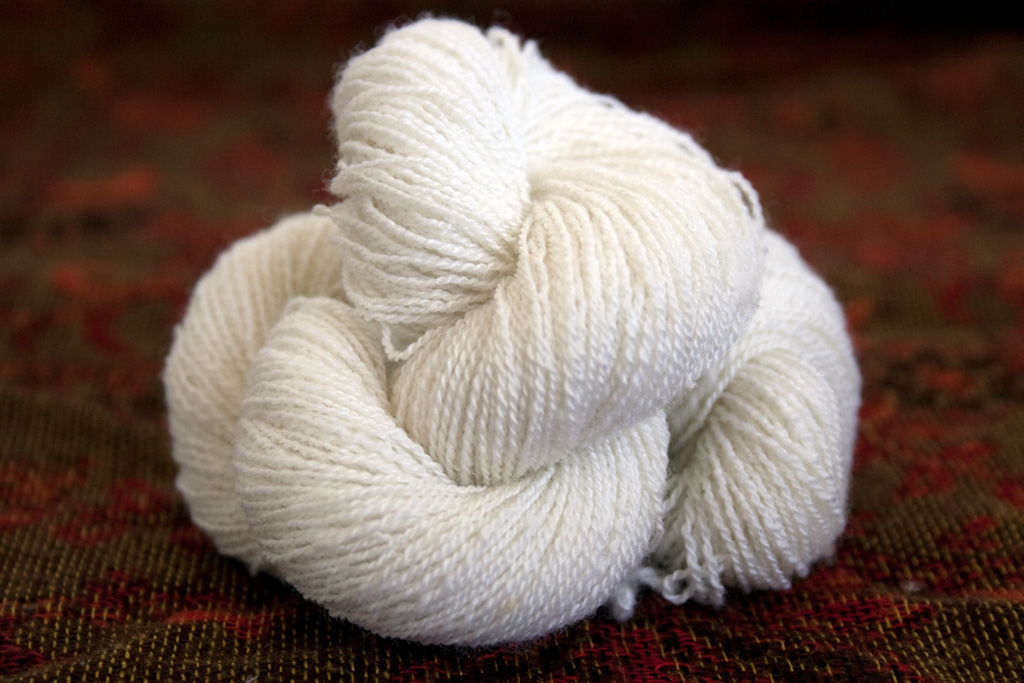
Spinning a Fine New Zealand Merino Fleece
I can’t tell you how much enjoyment I am getting out of my new Merino fleece recently imported from Stuart Albrey at Fine Fiber Farms in New Zealand. 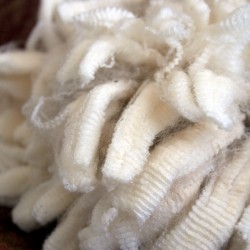
According to Margaret Stove The Merino wool of New Zealand is among the finest and highest quality wool fiber to be found anywhere in the world and I second this opinion. The New Zealand climate is just perfect for this particular breed and quality of wool and the sheep can be raised out of door without any coats on and without getting chaff and other veggie matter in the wool. It is super clean, ultra fine and soft and surprisingly white.
Spinning a raw fleece this fine is not like anything I have ever hand spun before and I’ve been spinning for many years. I really had to throw all of my preconceived rules and ideas out the window and just experiment over and over until I got it right. This very fine Merino wool is stretchy and elastic with a great deal of crimp. It is fine to the point of being vulnerable and it needs to be handled very lightly and carefully if you don’t want to stretch or damage the fibers, especially when wet.
A lot of what I learned about spinning this wonder fiber was from the amazing Margaret Stove through a video purchased at Interweave press called “Spinning for Lace “. I also have everything that Deborah Robson (Handspinning Rare Wools ) and Judith MacKenzie ( “Three Bags Full ” or “A Spinners Toolbox“) have published. These ladies have done so much work to share their vast knowledge of wool and spinning with the rest of us and I just thank them so much for all that I have learned from each of them.
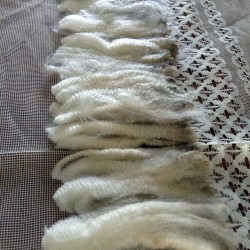
Spinning Merino for Lace with Margaret Stove involves working with individual locks of fiber. It is tactile pleasure paradise from moment one and the slow cloth mindset is very necessary. So with a “mind like water” and immersed in the moment I began by separating out these lovely locks, one from another, and laying them out side by side on a piece of cloth in preparation for washing. I actually started my washing with a bit of advise from Margaret Stove.
Here is how I washed my first batch. I picked up a single lock and dipped 2/3 of it into very (almost boiling) hot water and then rubbed it vigorously on a bar of soap. Horrors, you say? as I did when I first saw this, but guess what… it works! yes, the lubrication of so much soap seems to keep it from felting together. I then dipped the lock into equally hot rinse water and squeezed, turned it end for end and repeated the process. When I had all of the locks washed and rinsed I rolled them in a towel and squeezes out the excess water. After a surprisingly small amount of time they puffed right up and were dry and ready to comb. The second and all subsequent batches of washing I did a little differently. My method is from Judith MacKenzie and is very close to that taught by Margaret Stove with the addition of heat under the wash pot and a slightly different way of keeping the locks in line so they can’t move around in the wash water. I go into greater detail here and here but I will just say the locks are sorted and laid out side by side on a light cloth (I used a piece of old window curtain this time). the cloth is folded over to keep the locks securely in place. Lots of detergent (I used Tide liquid) and very hot water was added. I then put the pot on the stove top on low for 30 min. The high and constant heat is needed to melt the dense wax and grease found on Merino wool. I let it cool to warm, rolled up the bundles to keep the individual locks from moving and rinsed under the tap with same temperature water. Roll in a towel and squeeze out excess moisture and lay flat to dry.
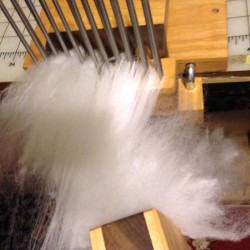 Combing is “the only way” to prepare this fiber for lace yarn. You really don’t want to go through all of this and end up with something that felts and pills and wears out before your eyes. You want a yarn that will be strong and smooth and careful preparation at every step of the process is a must. Remember your mind like water, be here now, right in this moment doing this work. It is really very pleasant if you don’t try to rush it. So the drum carder will be used for another project at another time. I will confess here and now that since I have started combing I may never need the drum carder again. I love the combs! Some I did on my Louet mini combs and some on my handmade viking combs that I bough on Etsy from BenjaminGreenStudio and I LOVE THEM! To use the big combs I had to break off the tips or brush them out with a dog brush. They are probably a little open for this fine fleece but I got it combed after a few passes and enjoyed every second of it.
Combing is “the only way” to prepare this fiber for lace yarn. You really don’t want to go through all of this and end up with something that felts and pills and wears out before your eyes. You want a yarn that will be strong and smooth and careful preparation at every step of the process is a must. Remember your mind like water, be here now, right in this moment doing this work. It is really very pleasant if you don’t try to rush it. So the drum carder will be used for another project at another time. I will confess here and now that since I have started combing I may never need the drum carder again. I love the combs! Some I did on my Louet mini combs and some on my handmade viking combs that I bough on Etsy from BenjaminGreenStudio and I LOVE THEM! To use the big combs I had to break off the tips or brush them out with a dog brush. They are probably a little open for this fine fleece but I got it combed after a few passes and enjoyed every second of it.
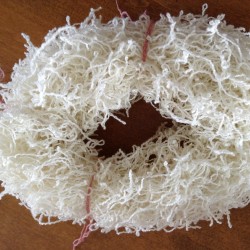 At the spinning wheel I tried to follow Margaret’s advise. There was so much to remember and the technique was not exactly what I was used to but I tried to keep the tension of the fiber as I drafted so that the twist would go in with the fiber crimp stretched out. If the crimp is flattened when the twist goes in the yarn will always be trying to regain the crimp and your yarn is springy and elastic. I guess she must have mentioned not to stretch it, just a gently tension, but of course I did stretch it and the first skein I made was just coiling and unruly like a curly boucle.
At the spinning wheel I tried to follow Margaret’s advise. There was so much to remember and the technique was not exactly what I was used to but I tried to keep the tension of the fiber as I drafted so that the twist would go in with the fiber crimp stretched out. If the crimp is flattened when the twist goes in the yarn will always be trying to regain the crimp and your yarn is springy and elastic. I guess she must have mentioned not to stretch it, just a gently tension, but of course I did stretch it and the first skein I made was just coiling and unruly like a curly boucle.
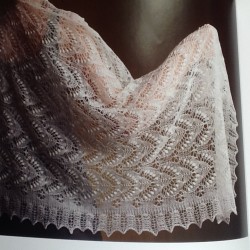 One of my problems was the stretching but another one was twist. You cannot just ply this lovely fine fiber back to balanced by checking it in the usual way. The twist has “set” in the singles even if it has only been sitting on the bobbin for a few hours. If you put some ply twist in and check this yarn by letting a bit hang between your hand and the orifice you will find it will look balanced but will actually not have nearly enough ply twist in the yarn. You will have to put in enough twist to make a 45 degree angle and you will find it balances only after washing. Handle the singles very very carefully as you ply and do not stretch or your yarn will be unbalanced and unruly. Ask me how I know?
One of my problems was the stretching but another one was twist. You cannot just ply this lovely fine fiber back to balanced by checking it in the usual way. The twist has “set” in the singles even if it has only been sitting on the bobbin for a few hours. If you put some ply twist in and check this yarn by letting a bit hang between your hand and the orifice you will find it will look balanced but will actually not have nearly enough ply twist in the yarn. You will have to put in enough twist to make a 45 degree angle and you will find it balances only after washing. Handle the singles very very carefully as you ply and do not stretch or your yarn will be unbalanced and unruly. Ask me how I know?
I’m knitting the Queen Sylvia Shawl by Nancy Bush from Knitted Lace of Estonia.
Next in this project: Managing Color in a Raw Fleece
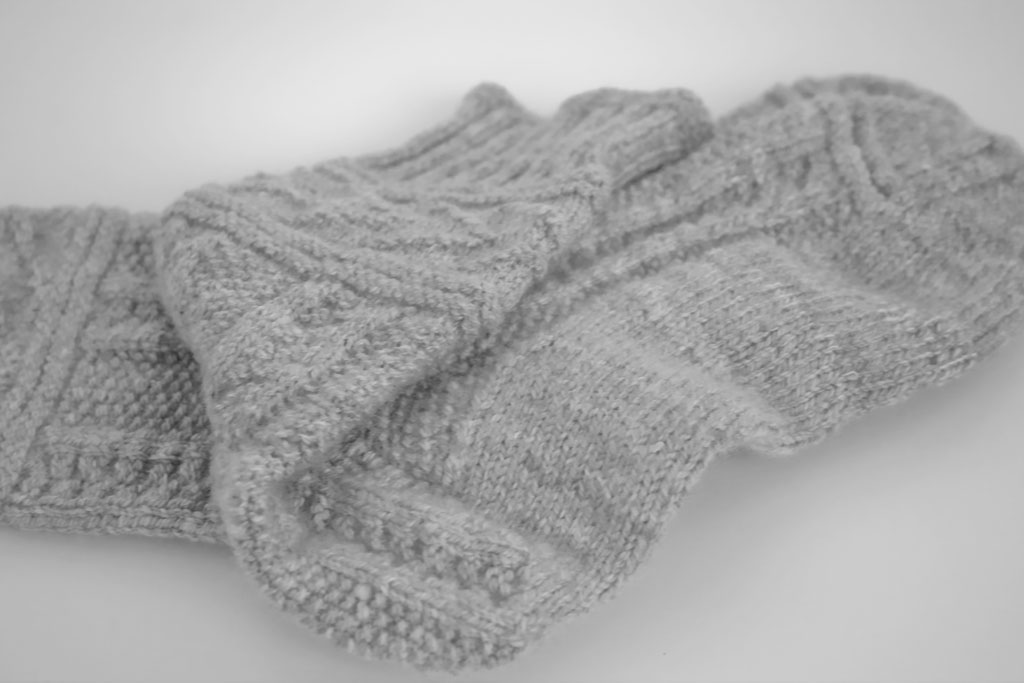
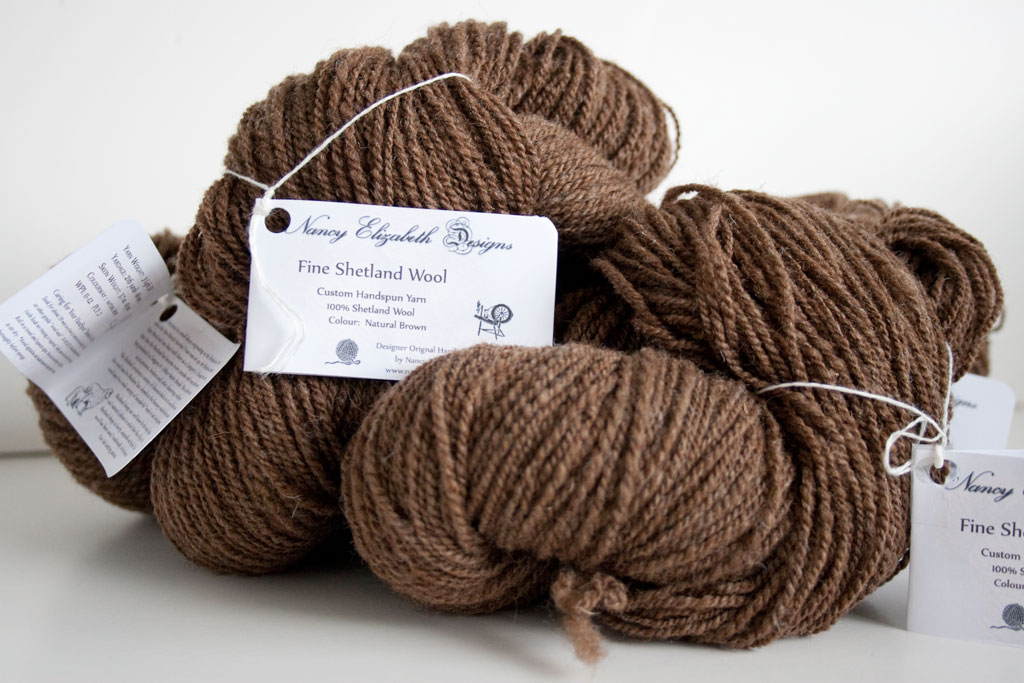

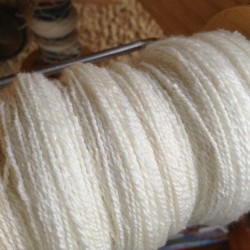








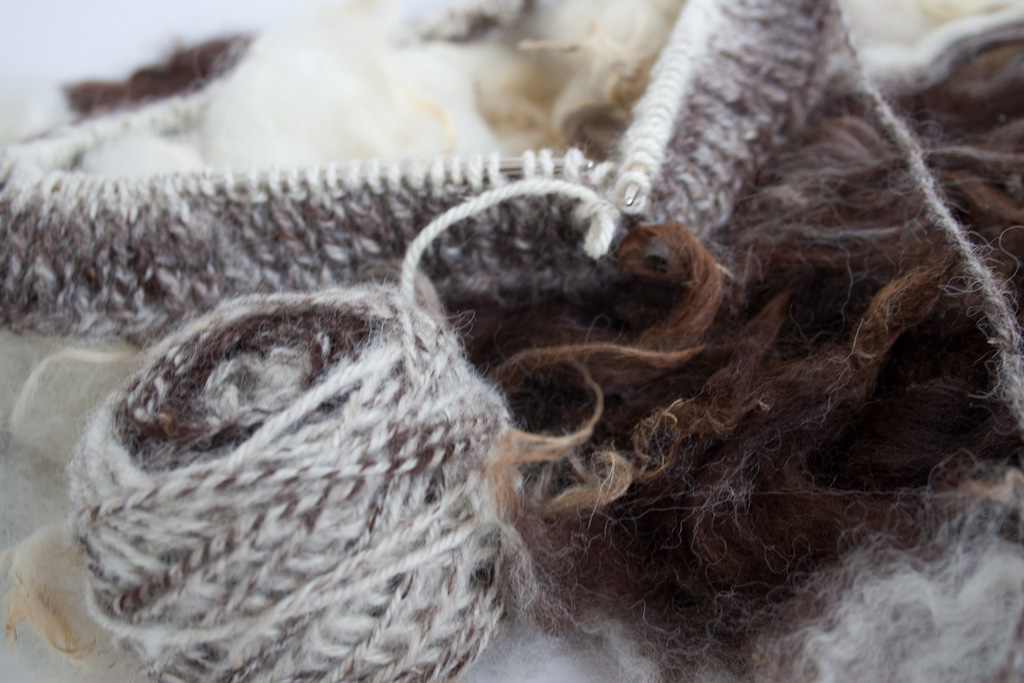
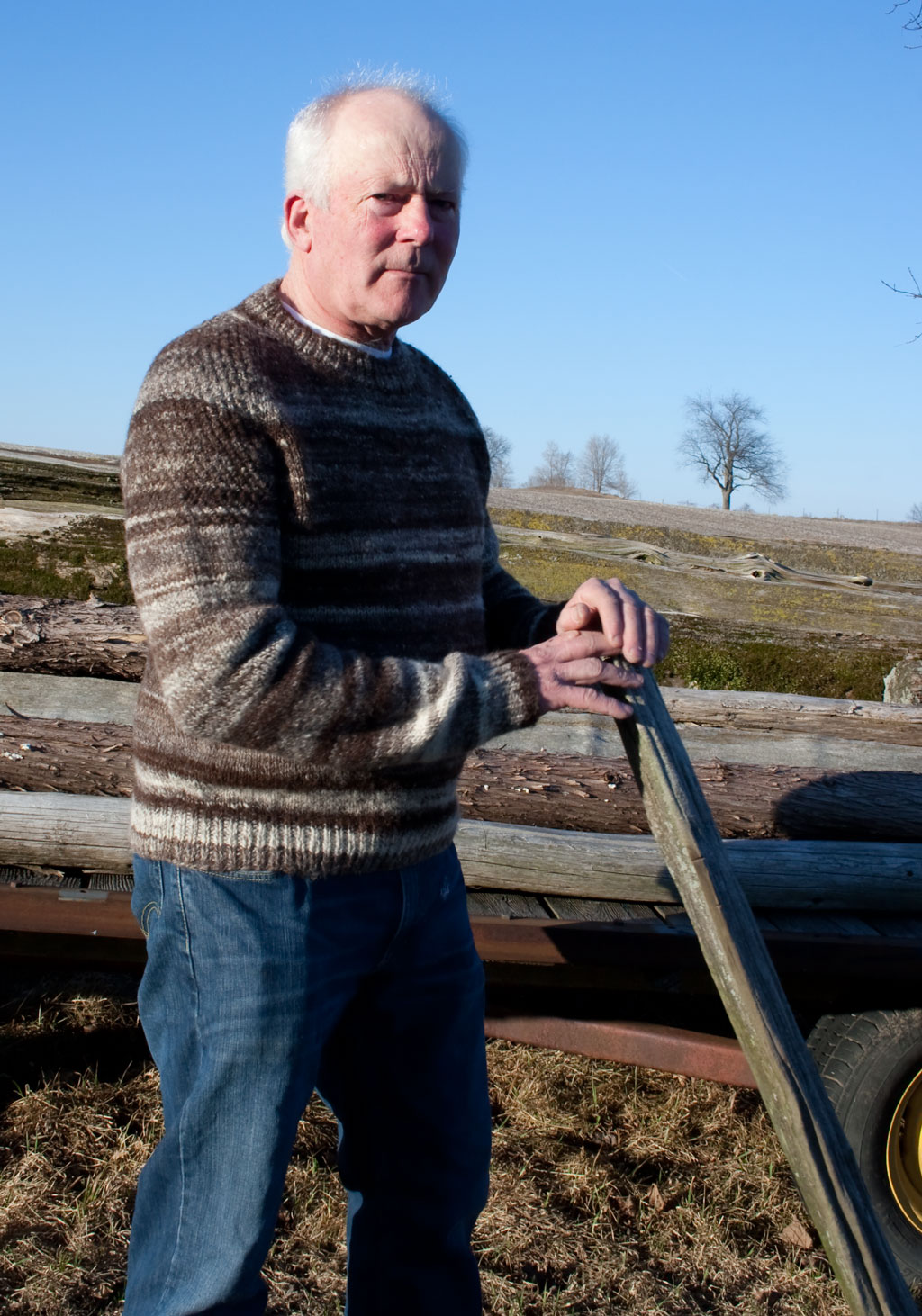
3 Comments
Pingback:
Kimberly
I am just discovering the wonders of fibers and loved the insight your article provided. Although I didn’t understand everything (yes I am that green) I understood enough to know I have a lot to learn. You did well in keeping the fear out of me regarding trying to do this in the future. I just wish there was more time in the day to allow me to do more stuff like this! Thanks for the insight and for explaining things so well.
Kimberly
NancyElizabeth
Thanks so much Kimberly, I wish you all the best.